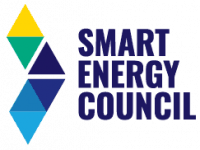INTRO
Australians demand 24 hour power that doesn’t cost the earth.
Our current energy system cannot deliver this, as demonstrated by soaring energy costs and price spikes. Our so called ‘gas led recovery’ didn’t take into account that gas is, and will continue to be, one of the most expensive global commodities.
The only way Australia will start to get a handle on energy pricing is with self-generated renewable power.
And we can’t do that without a significant amount of renewable energy storage, primarily batteries and hydroelectric energy storage, both at large and small scale.
The only way Australia will start to get a handle on energy pricing is with self-generated renewable power.
ABOUT THE CAMPAIGN
The Smart Energy Council will be working closely with Climate Action Network Australia (CANA), the renewables industry and other key stakeholders to deliver a comprehensive 12-month advocacy strategy and campaign to unlock substantial investment in household, commercial and large-scale renewable energy storage, to establish a Renewable Energy Storage Target and to ensure emissions reductions are a core objective of the National Electricity Market.
GOALS OF THE CAMPAIGN
- National Electricity Objectives (NEO) satisfactorily amended to include emissions reductions consistent with the Australian Government’s climate targets
- Create a new Renewable Energy Storage Target
- Create new policies to unlock increased investment in household, commercial and large-scale renewables.
CAMPAIGN PARTNERS



